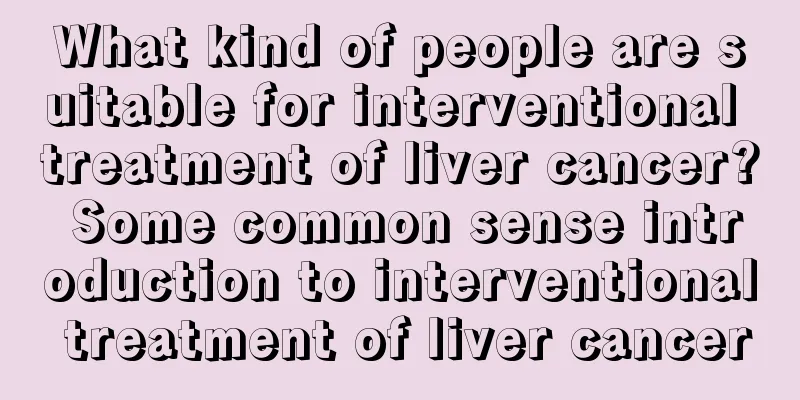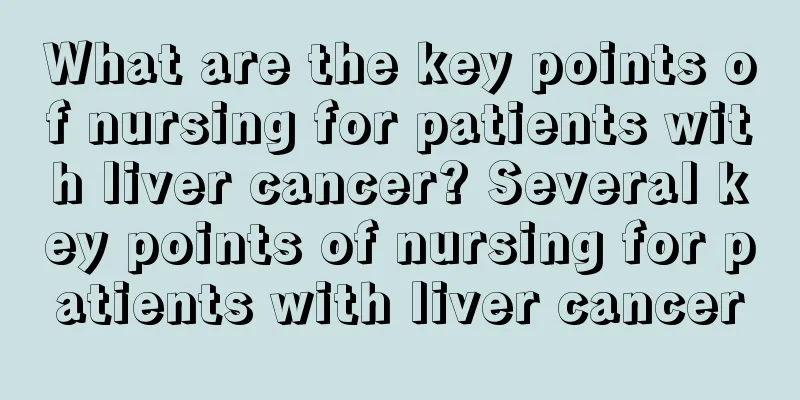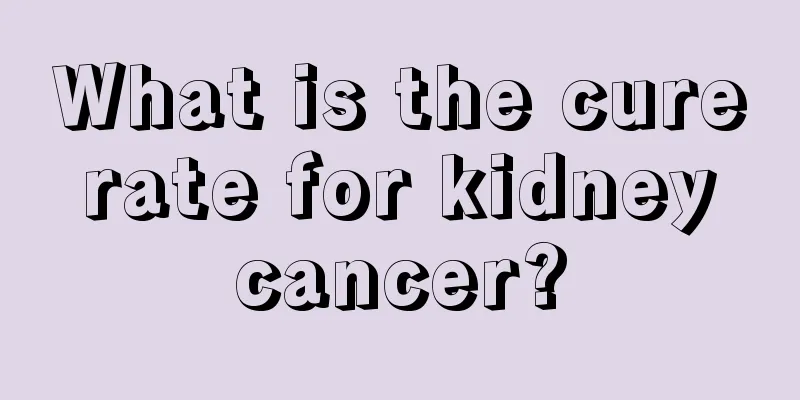What kind of people are suitable for interventional treatment of liver cancer? Some common sense introduction to interventional treatment of liver cancer

|
At present, interventional therapy has become an effective means of treating liver cancer. The effectiveness of interventional therapy for liver cancer is determined by the blood supply characteristics of liver cancer. Under normal circumstances, the liver is supplied by the hepatic artery and portal vein, of which the portal vein accounts for 75% to 80% and the hepatic artery accounts for 20% to 25%. The blood supply of liver cancer is just the opposite. More than 90% to 95% of liver cancer is supplied by the hepatic artery, and the portal vein supplies very little. This makes treatment convenient. Through the hepatic artery catheterization, drugs can directly enter the liver cancer tissue, increase the local drug concentration, and kill cancer cells. In addition, some embolic substances such as iodized oil and gelatin sponge are used to block the blood supply artery of liver cancer, cut off its nutrition, and the tumor tissue will necrotize, thereby achieving the purpose of treatment. The following liver cancer patients can all undergo liver cancer interventional treatment: primary or metastatic liver cancer that cannot be surgically removed for various reasons, or small liver cancer that the patient does not want to undergo surgery. As a preparation before surgery, interventional treatment can shrink liver cancer and make it easier to remove. In addition, intervention can reduce the spread and recurrence of tumors. Patients with incomplete liver cancer resection, postoperative recurrence or failure of other treatment methods. Liver cancer lesions that do not rupture and bleed, and liver and kidney function are not seriously damaged. Patients without severe jaundice and ascites. Patients in good general condition without serious bleeding diseases. Experts told us that due to the advancement of science and technology, the catheters, guidewires, and puncture needles used for intervention have been greatly improved. In addition, people have more research and knowledge about liver cancer, so there are more treatment methods, such as hepatic artery catheter chemotherapy, thermal chemotherapy, hepatic artery catheter embolization, thermal embolism, percutaneous puncture anhydrous alcohol injection, percutaneous puncture iodized oil plus chemotherapy drug injection, and liver cancer isotope-guided therapy. Observation and care of patients after interventional treatment of liver cancer is an important link. After the operation, the patient's lower limb on the punctured side should be immobilized for 24 hours, and food and drink can be prohibited for 6 to 12 hours for observation. Closely observe changes in the patient's breathing, blood pressure, pulse, etc.; whether there is bleeding from the incision; pay attention to the amount and color of urine; postoperative fluid replacement and antibiotics to prevent infection for 3 to 5 days. Due to chemotherapy embolization, patients may experience nausea, vomiting, abdominal pain, fever, etc., which should be treated symptomatically in time, and they will improve after 1 week. After the operation, the patient's liver function, kidney function, blood routine, etc. are reviewed, and changes in various indicators are noted, and problems are actively dealt with after they are found. |
<<: How to prevent lung cancer? 3 effective ways to prevent lung cancer
>>: What are the symptoms of advanced lung cancer? 4 symptoms of advanced lung cancer
Recommend
Eat two meals a day for a long time
Food is the most important thing for everyone. No...
Can I eat palm oil if I have constipation?
Constipation is not a minor illness. It can easil...
Knowing the causes of skin cancer can effectively prevent the disease
Skin cancer is now a very common disease, but by ...
What are the self-examination methods for the early symptoms of uremia?
As we all know, uremia is very harmful to human h...
What kind of people are prone to throat cancer
People at high risk of throat cancer include thos...
Causes of nasopharyngeal carcinoma
What is the cause of nasopharyngeal cancer? The m...
What are the effects and functions of pomegranate peel?
Have you ever paid attention to and understood th...
What is the difference between day cream and lotion
There is no girl who doesn't love beauty. Mos...
What are the common early symptoms of lung cancer? Two common early symptoms of lung cancer
What are the common early symptoms of lung cancer...
What are the side effects of bone grinding surgery
In order to make their face look more delicate an...
What to do if the steamed goose egg custard has a fishy smell
In fact, goose eggs have a relatively high nutrit...
Can I use a breast pump when weaning?
When it comes to weaning their babies, parents mu...
Is breast-conserving surgery effective for early breast cancer?
Doctors generally recommend breast surgery for pa...
How is fat consumed
Choosing different types of exercise can make fat...
Exercise precautions for those in the early stages of esophageal cancer
Life lies in exercise. For patients with esophage...









